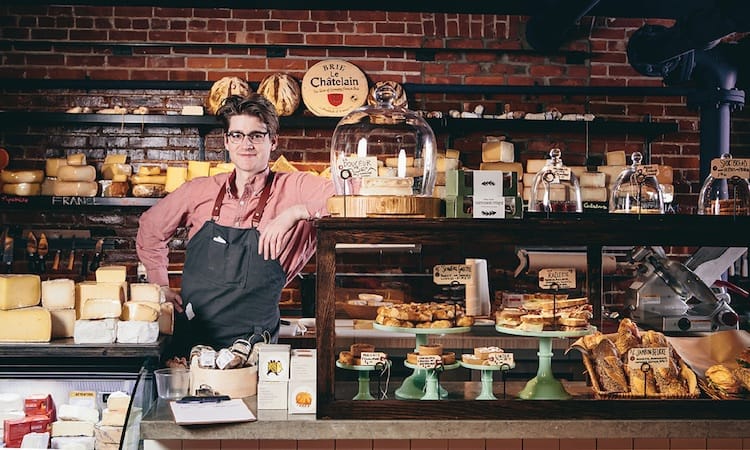
How can I learn to taste cheese the way the experts do?
Tasting doesn’t have to be formal or prescriptive—cheese is the great democratizer, that incredible distillation of dairy that anyone with taste buds (and lactose tolerance) can enjoy. The rules are simple: Taste often and taste deliberately. Start a journal or photo log of cheeses you taste and record your observations.
While terms like “diacetyl” and “torrefaction” might be useful to professional cheese graders (and serious nerds like myself), a typical turophile should identify relatable vocabulary words that recall clear flavor memories. I helped build a sensory evaluation program for a cheddar producer, and found that their cheesemakers immediately responded to descriptors like “Cheez-Its,” “hard-boiled eggs,” and “roasted pineapple” rather than “butyric acid,” “sulfur,” and “helveticus.” Not only are the former terms easier to understand, they make cheese approachable.
At the end of the day, if you’re tasting cheese alone in a room under fluorescent lighting with a dictionary, a plastic cup of water, and a spit bucket, you’re doing it wrong. To overintellectualize the process of tasting cheese is to strip the romantic, visceral, and deeply personal connection we have to these amazing products and producers.
ACS CCP and winner of the 2018 Winter Cheesemonger Invitational, Rory Stamp has worked in New England’s artisan cheese industry for more than six years, from starting as a farmhand on Martha’s Vineyard, to training at the Vermont Institute for Artisan Cheese, apprenticing at Consider Bardwell Farm, working as a monger and educator at Formaggio Kitchen, and managing sales and distribution for Shelburne Farms. He is currently the artisan food manager at Dedalus Wine Shop, Market, and Wine Bar in Burlington, Vt.
Photo courtesy of Dedalus Wine Shop, Market, and Wine Bar




